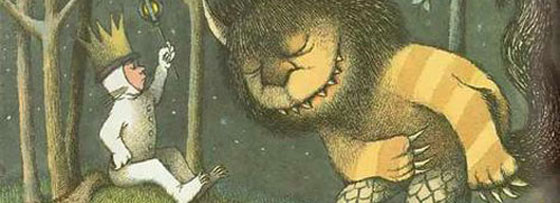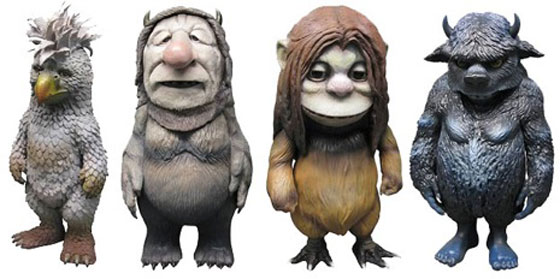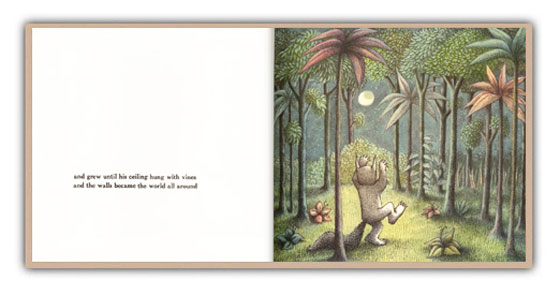The children’s classic storybook Where the Wild Things Are is being released in theatres soon. What a timeless story of a boy who finds an imaginary world in his bedroom after being sent there without dinner. The story was one of my favorites growing up (probably because I had a vivid imagination and spent a lot of time in my room).
The story was written and illustrated by Brooklyn native Maurice Sendak in 1963. The book is wildly popular in the US and regarded as a masterpiece of children’s literature. Where the Wild Things Are has also won numerous awards and metals.
Kids and adults alike are going wild about the book coming alive in theatres. Here are 5 wild things about the classic children’s story:
1. The original story featured imaginary horses. The characters were subbed for monsters since the writer could not draw horses. You cant go wrong with monsters.
2. The author Sendak could however draw decent caricatures of his relatives: Tzippy, Moishe, Bruno, Emile, and Bernard. I’d like to see the look on their faces when Maurice mentioned they were staring as ugly monsters!
3. The text of the story consists of just ten sentences. I think this is the true beauty of this classic children’s story. Imaginative imagery makes the story feel timeless.
4. Where the Wilds Things Are took a couple years after being published to catch on and gain popularity. The book was criticized by parents for its portrayal of darkness, defiance, and anger. Once children started taking a liking to it and read it as a story they could relate to, the book would soon be found in every bookstore and library. Now 46 years after the story was originally written, Where the Wild Things Are will be released in theatres in October 2009. Check out the trailer.
5. According to Sendak, a film has been in the works for the past 18 years. Until Maurice meet with Spike Jonze, the director of the film, he was not convinced anyone could bring his meaning and characterization of the story to life.



COMMENTS